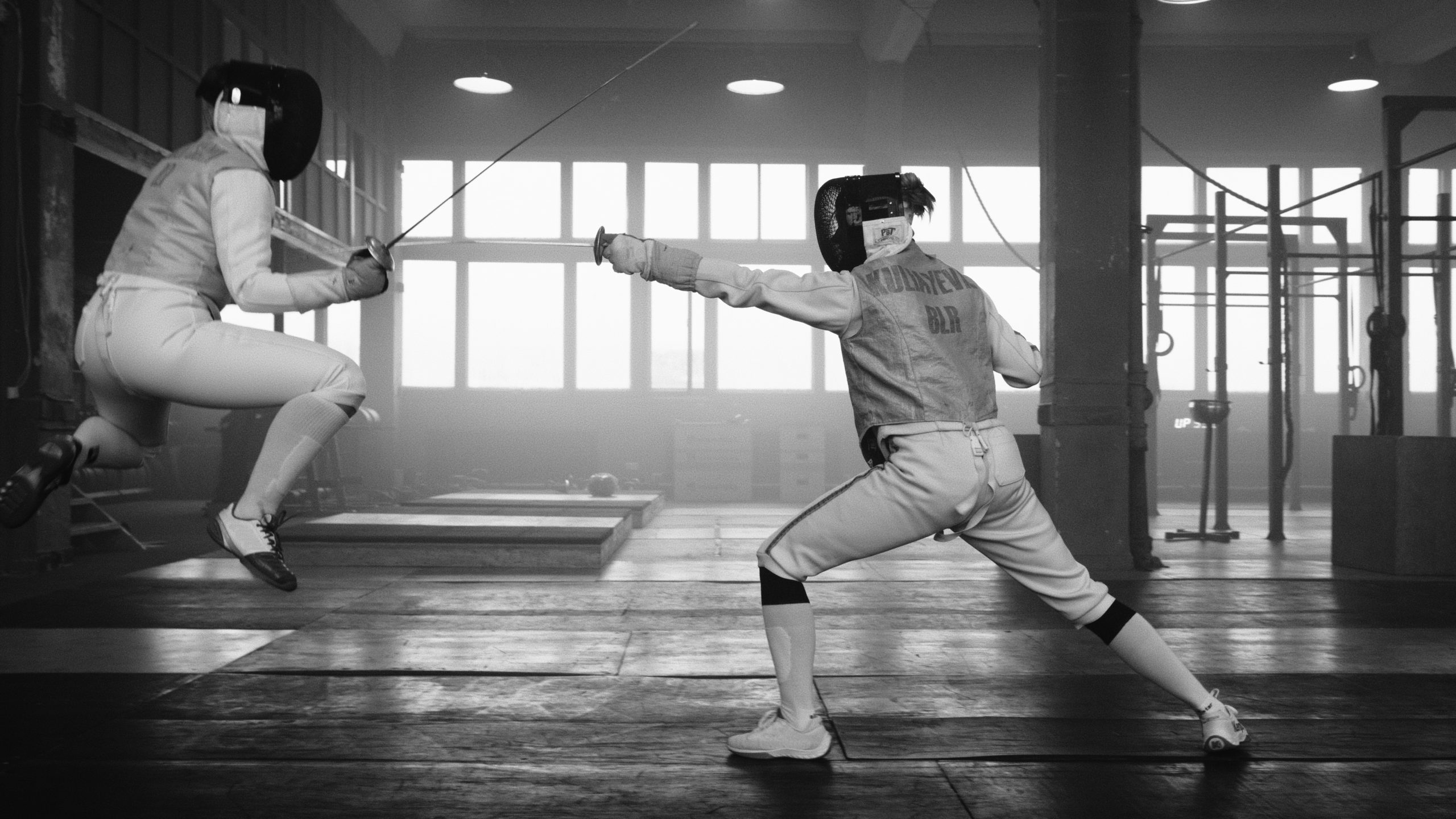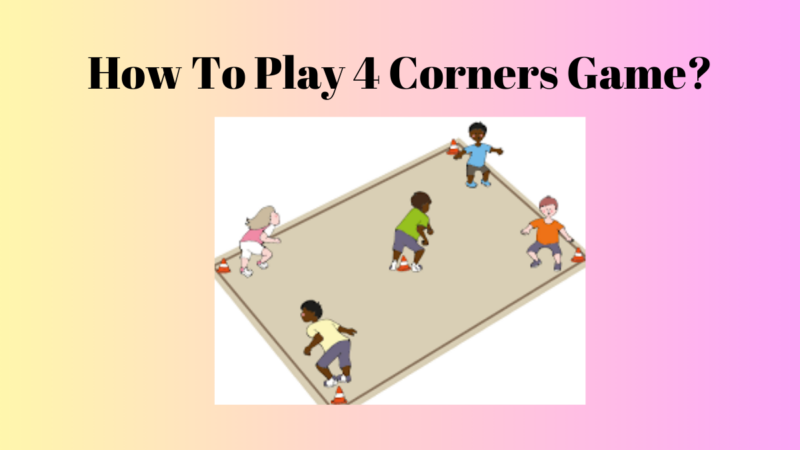Understanding The Dynamic Game Of Fencing

Have you played the game of fencing? Or at least watched it? It is a dynamic sport that has a long history. The sport is the only game that has been featured in every modern Olympics. But what do you know about this game? Do you know fencing rules and other aspects? We think not much.
Below we have prepared a little guide on the various aspects of the fencing sport, including the fencing rules, equipment, and more.
Now, let’s take a deeper look into the world of this energizing sport:
What is Fencing Sport?
Before knowing about any sport, the first thing to know is what it is, and thus understanding what fencing is sport is essential.
The fencing game maintains an elite reputation due to its aristocratic association. It was a game popular among the elite class, and fencing was an essential part of life in the form of swordsmanship.
In the early stages of fencing, the game was played in plain clothes, but later armor was introduced to make the game more interesting and defensive. Spain was the first country which officially began practicing fencing. However, modern fencing began in the 18th century under the influence of the Italian school of fencing. Later the fencing game rules and other aspects were developed by the French school of fencing.
The three modern variants of the fencing include three branches:
- Foil
- Sabre
- Epee
Objective Of the Fencing
The objective of the fencing is simple, hit your opponent without getting hit yourself. The fencing rupees are simplistic, and thus the objective is clear. All a player needs to do is strike the opponent while avoiding getting hit. The rules are simple, ruthless, and painful if you get hit.
Fencing Equipment

Fencing sport is generally a dual. In it, there are normally only two players, although teams also exist. The most vital fencing equipment is the sword itself. It is basically fo three types:
- Epee: It is the heaviest sword in the fencing sport.
- Foil: It is a light weapon for thrusting.
- Sabre: It is thrusting and cutting weapon that has been derived from the cavalry sword.
When the players in the game strike each other on the designated areas, a light illuminates along with an audio tone. The light and tone appear on the scoreboard.
This electronic scoring happens as the swords in the game are electronically sensitive. Other than this, the designated areas are also electronically sensitive, and thus when a strike is done, it reflects on the board. This strike registration happens with the help of a wire which is connected with the body of the players.
According to the fencing rules, the players need to wear a variety of protective gear like:
- Mask
- Helmet
- Jackets
- Pads
- Gloves
The mask and helmet in the fencing sport are strong enough to repel the weapon. However, the mask is made of a mash, which can repel weapons but also allows the player to see through it. Other than this, the players need to wear a jacket as well as protective pads for the various body parts.
The player, according to the fencing rules, competes on a “Piste,” which is six feet wide and 46 feet long in dimensions. The “piste” has a centerline along with an on-guard line six feet on either side across its widths. This is where the players begin their rounds from.
Fencing Scoring
The method of scoring is different in all three variants of fencing. These methods are:
Foil
- When the fencing player uses a foil to strike, then a strike on the torso, groin, back, and neck counts.
- The points can only be counted when the layers strike using the tip of the weapon. The strikes using the sides of the blade are not counted as the points.
Sabre
- In the matches where the players use a sabre to strike, a below waist strike is not counted.
- This below the waist rule originates from the old cavalry days when striking an opponent’s horse was frowned upon.
- The hands in the game don’t count as the strike according to the fencing rules. However, the fencing scoring in sabre matches is done by both the side and tip of the sabre.
- If in a sabre match both the players strike at the same time, then then the referee uses the ‘right of way.’ According to the fencing rules, the player who began the attack first is awarded a point in ‘right of way.’
Epee
- In the watches where the players use an epee to strike, the ‘right of way’ rule does not apply. Thus both the players in epee matches can score in spite of who starts the attack first.
- However, the simultaneous fencing scoring in such matches is only done if the point is not a deciding one. If the point is the deciding one, then neither the point counts.
- In the epee matches, only the tip of the weapon can be used while the whole body is a target. There are no specific or designated areas.
These are some of the ways in which fencing scoring works. The way a player scores a point depends on the sword they are using. What makes fencing an exceptional sport is that for scoring, the technology is used. Electronic swords and more are examples of it.
Winning
In the Olympics, the fencing sports matches are contested for a period of three-minute rounds each. The winner in it is the one who either scores 15 points before the opponent or the one who has more hits after three rounds. Thus if none of two players can score 15 points in three rounds, then the player with more points is declared the winner.
Other protocols for scoring in fencing also exist and are usually according to the fencing rules. In one of the common rules, predetermined points are decided for the win; usually, a three-minute/five-point system is common.
Fencing Rules
- Players in the fencing must salute each other and the referee at the beginning of each round. If a player fails to do so, then it can result in loss of a point as well as direct suspension.
- Points in the fencing are scored by striking the opponent on the specific areas depending on the weapons used. The specific areas are determined in accordance with the weapons and thus vary in sabre, epee, and foil matches. There are also no strike areas like boxing.
- In the foil matches, the contest comes to a standstill if a player strikes outside the specific areas. The match after stopping resumes afresh. However, the blade strikes do not stop the action. The later rule also applies to the epee matches.
- At the referee’s discretion, a penalty point can be given if a player blocks the target zones.
Final Words
Fencing is an Olympic game that is played between two opponents. Although teams also exist but generally, only duals are organized.
Fencing is the only sport that has been a part of all the modern Olympics. The fencing rules differ according to the weapons used, like a sabre, epee, or foil






